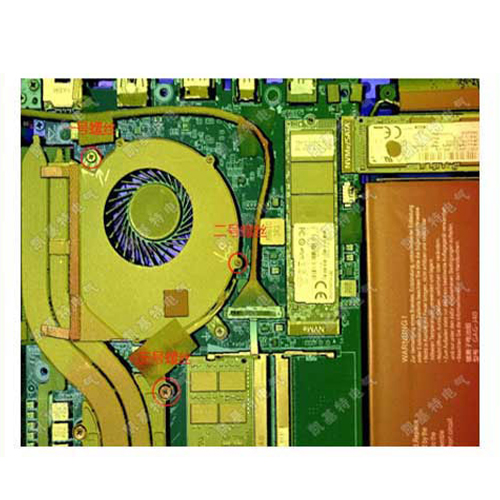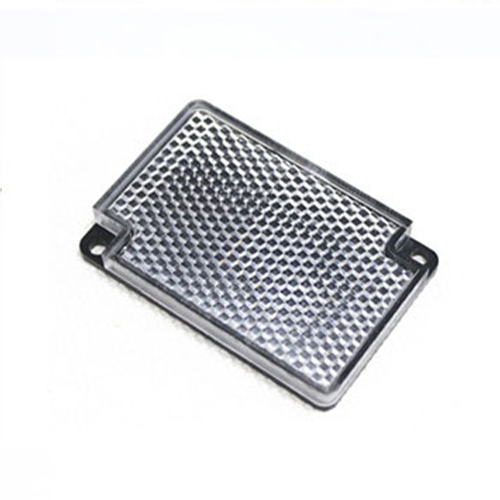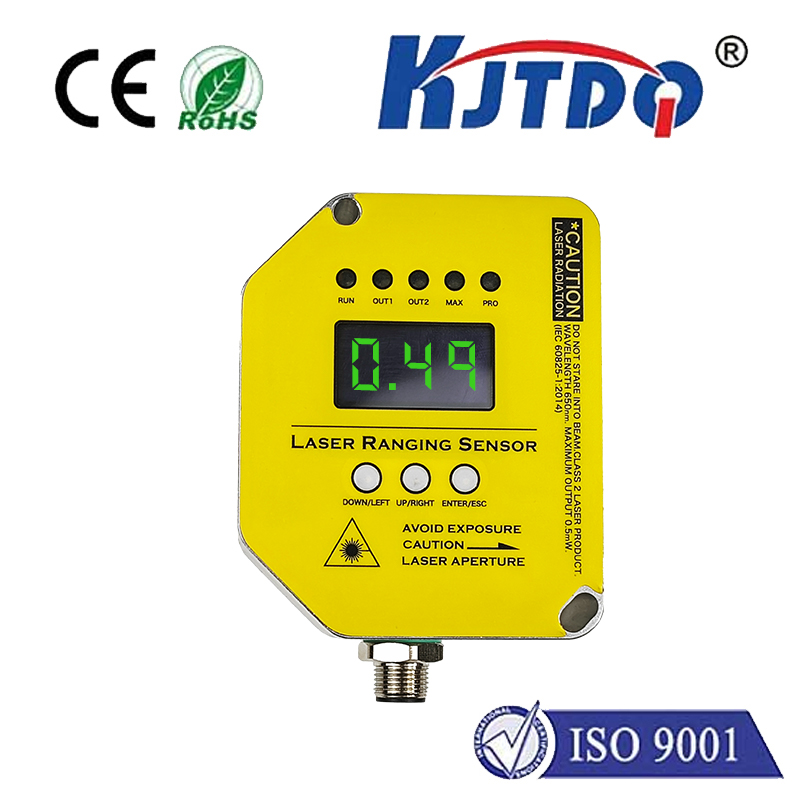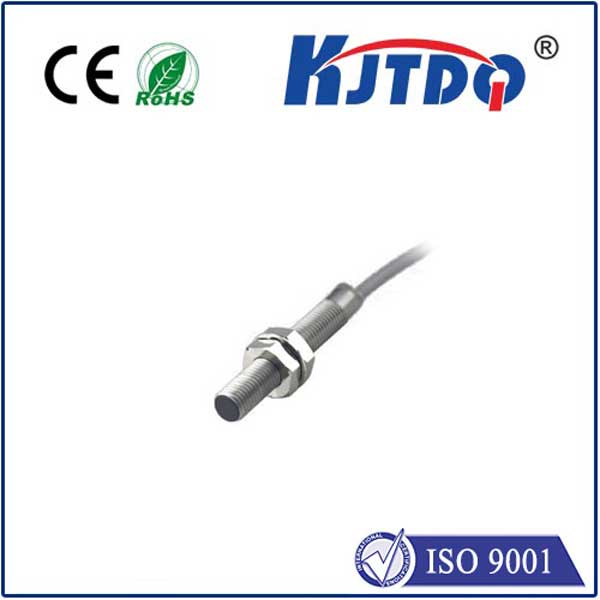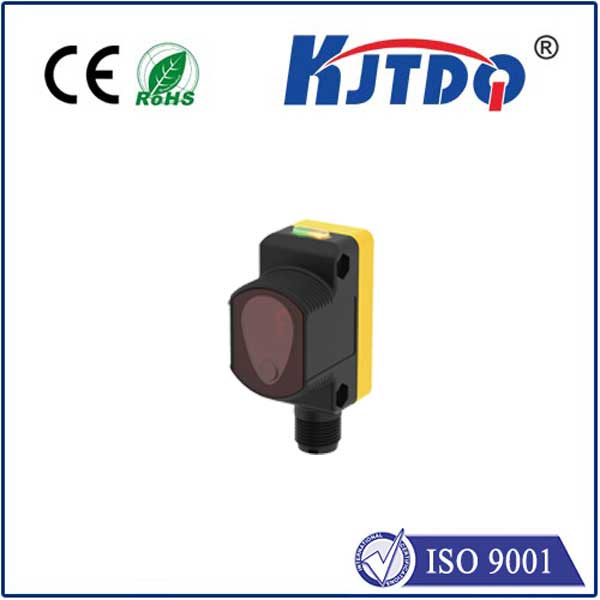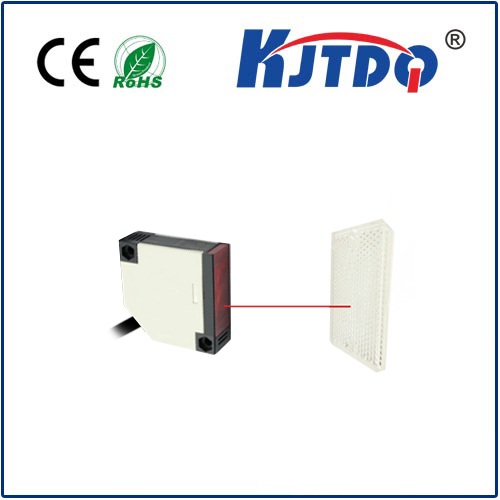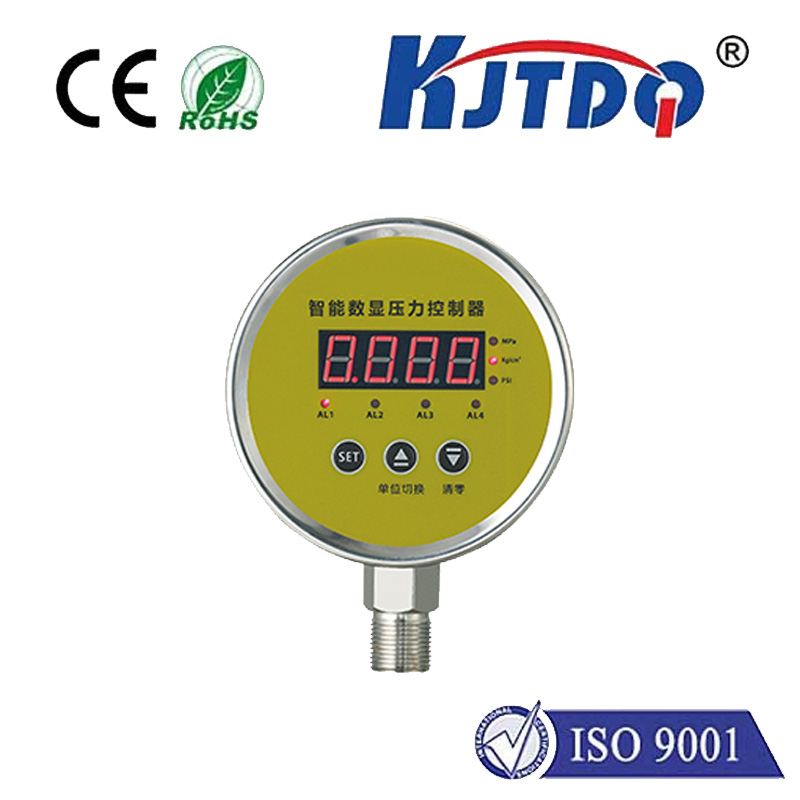room temperature gauge
- time:2025-08-21 05:03:36
- Нажмите:0
The Essential Guide to Choosing and Using Your Perfect Room Temperature Gauge
Ever woken up shivering in the middle of the night, only to discover the heating failed? Or battled stifling afternoon heat despite the AC humming? These common discomforts highlight a silent hero in our homes: the room temperature gauge. Often overlooked but vital, this simple device provides the crucial data our HVAC systems rely on to create comfortable living environments. Understanding its function, types, and optimal use is key to mastering your home’s climate and energy efficiency.
Beyond Comfort: Why a Reliable Temperature Gauge Matters
While immediate comfort is the most noticeable benefit, an accurate room temperature monitor has far-reaching implications:
- Энергоэффективность: Your heating and cooling system is likely your home’s biggest energy consumer. An inaccurate gauge can cause your system to run longer than necessary (if it under-reports temperature) or cycle too infrequently (if it over-reports), leading to wasted energy and higher bills. Precise readings ensure systems operate only when needed.
- System Health & Longevity: Constantly cycling on and off due to inaccurate readings (short cycling) puts unnecessary strain on your HVAC equipment, potentially shortening its lifespan and leading to costly repairs.
- Indoor Air Quality & Health: Consistent, appropriate temperatures help manage humidity levels. High humidity promotes mold and dust mites, while overly dry air can irritate respiratory systems. A reliable temperature gauge, often paired with humidity sensors in modern units, helps maintain a healthier balance.
- Peace of Mind: Knowing your home environment is being accurately monitored provides assurance, especially for pets, elderly residents, or sensitive plants when you’re away.
Decoding the Options: Types of Room Temperature Gauges

Not all gauges are created equal. Understanding the differences helps you choose the right tool:
- Traditional Analog Thermometers (Dial/Bimetallic Strips):
- How they work: Use the principle that different metals expand at different rates when heated (bimetallic strip), causing a dial to move.
- Pros: Simple, no batteries needed, classic look.
- Cons: Generally less accurate (can be off by several degrees Fahrenheit/Celsius), slower to respond to temperature changes, calibration can drift over time. Often lack humidity readings.
- Digital Thermometers (LCD/LED Display):
- How they work: Utilize electronic sensors (like thermistors or RTDs) that change electrical resistance with temperature. A microprocessor converts this change into a digital readout.
- Pros: Generally more accurate than analog, faster response time, clear digital display, often include humidity readings (hygrometers), compact, affordable.
- Cons: Require batteries, can sometimes suffer from sensor drift (though usually less than analog), simpler models may not log data.
- Smart Thermostats with Remote Sensors:
- How they work: Advanced digital devices that replace your standard wall thermostat. Many incorporate remote room temperature sensors you place in key living areas.
- Pros: Highly accurate, connect to Wi-Fi for remote monitoring and control via smartphone apps, learn your schedule for automated temperature adjustments, integrate remote sensor data to create a whole-home average temperature instead of relying solely on the thermostat location. Offer significant energy-saving potential and detailed usage reports. Include humidity and sometimes air quality monitoring.
- Cons: Higher initial cost, require installation (usually DIY-friendly), require Wi-Fi connectivity.
Choosing Your Champion: Factors to Consider
Selecting the ideal room temperature gauge hinges on your needs:
- Accuracy Requirement: For basic comfort awareness, a digital thermometer suffices. For energy optimization or sensitive environments, prioritize higher accuracy (look for specifications like ±0.5°F/±0.3°C) and consider smart thermostats.
- Features Needed: Do you need humidity data? Historical logging? Remote access and control? Alerts?
- Placement & Purpose: Where will the gauge be used? Is it for a single room, or do you need an average for the whole home? Will it be exposed to direct sunlight or drafts?
- Budget: Analog gauges are cheapest, digital middle-range, smart thermostats with sensors are an investment with long-term savings potential.
Mastering Placement: Where Your Gauge Truly Measures
Placement is critical! Even the most accurate gauge yields useless data if poorly positioned. Follow these guidelines for reliable readings:
- Avoid Direct Heat/Cold Sources: Place away from radiators, heating vents, air conditioners, windows (especially direct sunlight), appliances (fridges, ovens), exterior doors, and fireplaces. These create localized pockets of air not representative of the room’s overall temperature – thermal equilibrium is key.
- Height Matters: For general comfort, place the gauge (or sensor) approximately 5 feet (1.5 meters) above the floor. This avoids the coldest air near the floor and the warmest air near the ceiling. For specific needs (e.g., baby’s crib level), adjust accordingly.
- Central Location: Position the gauge in a frequently used central area of the room, away from walls and furniture that might block air circulation. Avoid corners.
- Good Airflow: Ensure the sensor isn’t trapped in a confined space or blocked by curtains or furniture.
- Shield from Sunlight: Direct sunlight will dramatically skew readings upwards. Always keep in shade.
- Consider Multiple Gauges/Sensors: Large, multi-level, or oddly shaped homes often have significant temperature variations. Using multiple gauges or a smart thermostat with remote sensors provides a much clearer picture of true living conditions.
Calibration and Maintenance: Ensuring Ongoing Accuracy
To maintain trust in your room temperature monitor:
- Calibration Check (Especially Analog/Simple Digital): Periodically compare its reading to a known accurate source. An easy method is the ice-water test: Fill a glass with crushed ice, add a little cold water, stir well, and wait 4-5 minutes. Insert the gauge probe (ensure it’s waterproof!) into the slush (don’t touch the ice). After 1-2 minutes, it should read very close to 32°F (0°C). Note any significant deviation – some digital models allow calibration offsets; analog might need replacement.
- Battery Management: Replace batteries in digital and smart devices promptly when low to prevent erratic readings or data loss.
- Sensor Cleaning: Gently dust sensor areas periodically to prevent buildup that might insulate and slow response.
- Firmware Updates (Smart Devices): Keep smart thermostat and sensor firmware updated for optimal performance and security.
The Smart Advantage: Beyond Basic Monitoring
For those seeking the pinnacle of control and insight, smart thermostats and remote sensors are transformative. They move beyond simply reporting a temperature:
- Multi-Room Averaging: Combines data from sensors in key rooms (e.g., living room, bedrooms) to manage HVAC based on where people actually are, not just where the thermostat is mounted (which is often in a less-than-ideal hallway).
- Intelligent Scheduling & Geofencing: Automatically adjusts settings based on your routine or when your phone leaves/arrives home.
- Energy Usage Reports: Visualize how temperature settings impact your consumption.
- Remote Adjustments: Change the temperature from anywhere via your phone.
- Alerts & Diagnostics: Receive notifications about extreme temperatures, potential HVAC issues, or low batteries in sensors.
From the humble dial on the wall to sophisticated smart home ecosystems, the room temperature gauge remains a fundamental component for comfort, health, and efficiency in our living spaces. Choosing the right type, placing it strategically, and ensuring its accuracy empowers you to truly take control of your home’s environment. It’s a small investment with significant, measurable returns.


